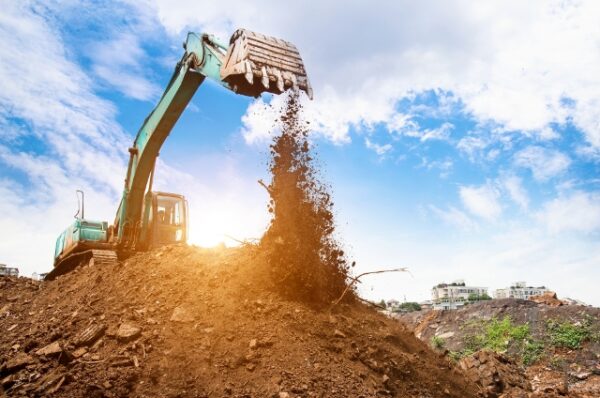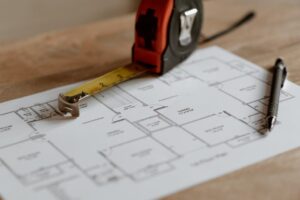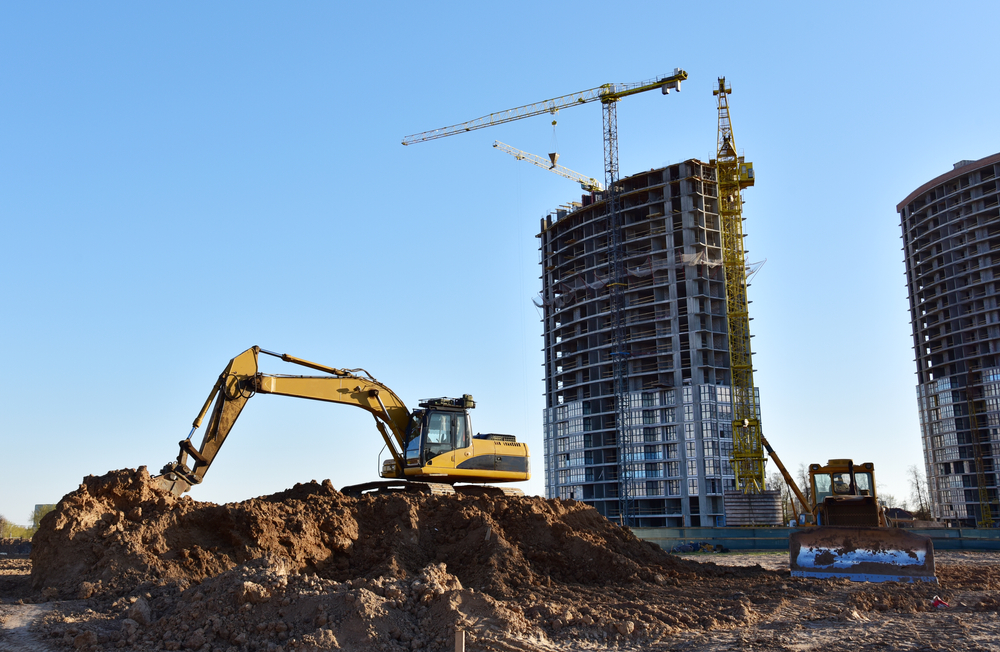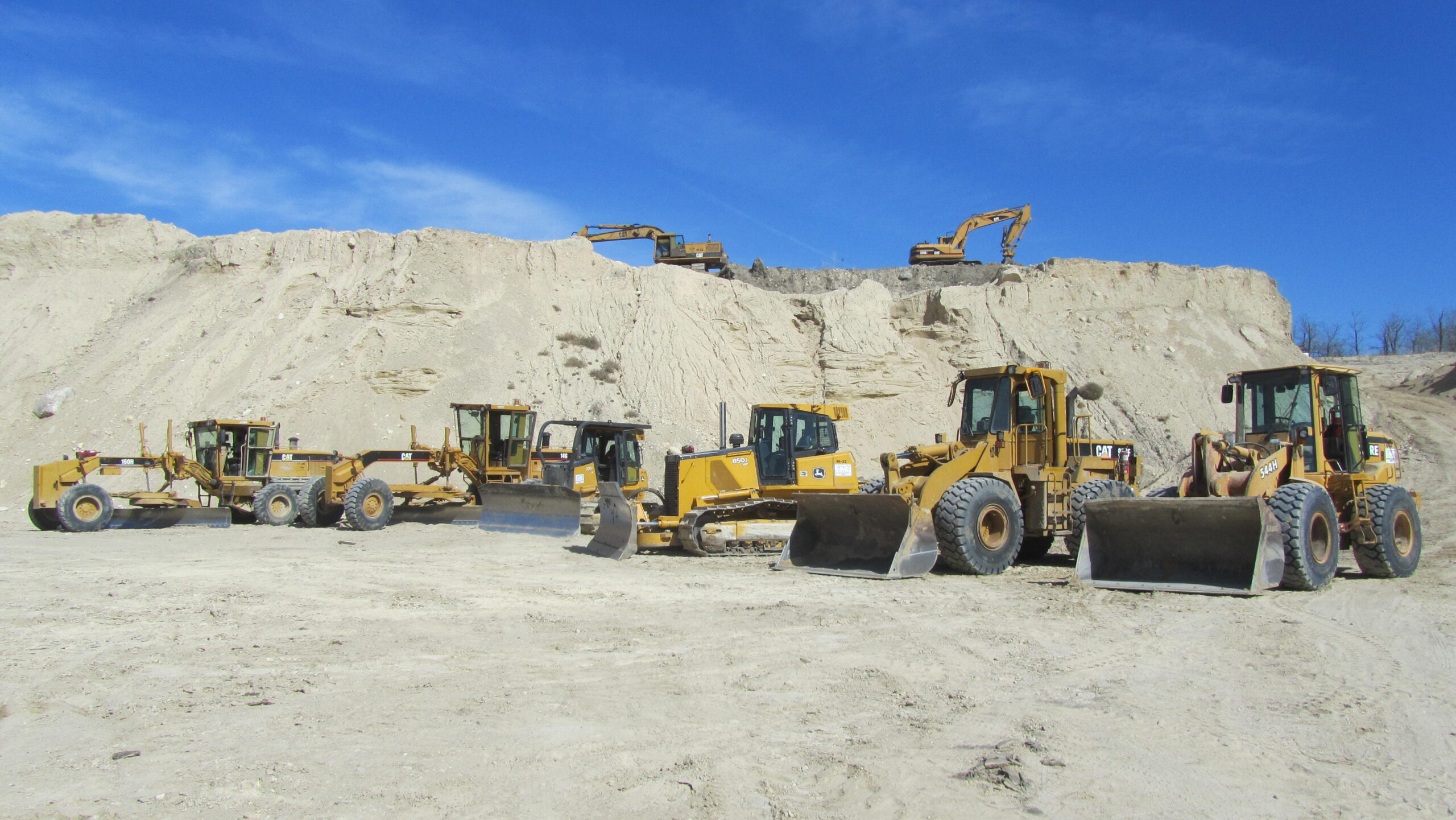
Construction Equipment Maintenance
One of the most significant investments for any construction company can make is the equipment they use regularly. Proper equipment maintenance can help prevent costly repairs, prolong the lifespan, and optimise performance. This article will discuss some of the best practices for maintaining construction equipment of any kind.
1. Follow the Manufacturer’s Recommendations
The manufacturer’s recommendations should be the first point of reference when it comes to maintenance. It is imperative to read and understand the user’s manual to know the recommended maintenance schedule, the type of lubricants to use, and how to inspect and replace parts. Following the manufacturer’s recommendations can prevent equipment breakdowns and ensure it operates efficiently.
2. Conduct Regular Inspections
Regular inspections can help identify potential problems before they become significant issues. Inspections should be done daily, weekly, and monthly, depending on the type of equipment. Check for leaks, cracks, worn-out parts, and loose bolts and nuts. If any issues are identified, they must be addressed immediately to avoid further damage.
3. Keep Equipment Clean
Dirt, dust, and debris can clog filters, block air vents, and cause overheating. Keeping the construction equipment clean will not only ensure it operates at peak efficiency but also prevent corrosion and rust, which can weaken equipment and lead to costly repairs. Always use appropriate cleaning agents and methods recommended by the manufacturer to avoid damaging the equipment.
4. Lubricate Regularly
Proper lubrication can reduce friction, protect against corrosion, and extend the life of equipment. All moving parts and components must be regularly lubricated to reduce friction and wear. Refer to the equipment manual for the recommended lubrication schedule and type of lubricant to use. Over-lubrication can also cause problems, so follow the manufacturer’s guidelines.
5. Keep Fluids Clean and Topped Up
Fluids, such as engine oil, hydraulic fluid, and coolant, must be kept clean and topped up to ensure the equipment operates efficiently. Dirty or low fluid levels can cause overheating, corrosion, and equipment failure. Follow the recommended fluid change schedule and use the recommended type of fluid for your equipment.
6. Store Equipment Properly
When equipment is not in use, it should be stored properly to prevent damage and be ready for use. Store equipment in a dry, clean, and secure area, away from moisture, dust, and extreme temperatures. Follow the manufacturer’s recommendations for storage procedures, including removing batteries, draining fluids, and covering or protecting the equipment.
7. Train Operators
Operators play a crucial role in maintaining equipment. Train operators on how to operate the equipment safely, perform routine maintenance procedures, and recognise and report any potential issues or malfunctions. This includes understanding the equipment’s capabilities and limitations, as well as how to determine and respond to potential hazards.
8. Service Equipment Regularly
Regular service and maintenance of equipment can ensure it runs smoothly and efficiently. Follow the manufacturer’s recommendations for service intervals and procedures, including replacing worn or damaged parts and lubricating moving components. Keep detailed records of all service and maintenance performed on the equipment.
Key Takeaway
Equipment maintenance is a crucial aspect of workplace safety and productivity. By the tips above, employers can ensure their equipment is properly maintained and operated, reducing the risk of accidents and breakdowns. Regular inspections, proper storage, and operator training can help extend the equipment’s life and keep employees safe on the job. In some cases, maintenance tasks may require the expertise of professionals. Here is where Kato Works comes in. As a trusted provider of Kato construction equipment in Australia, we take pride in the quality of our products and the expertise of our service team. Let us diagnose and repair any issues to keep your equipment running smoothly and safely. Call +61 416 112233 or email us at ask@katoworks.com.au to enquire about the price and availability of our products. Thank you!



